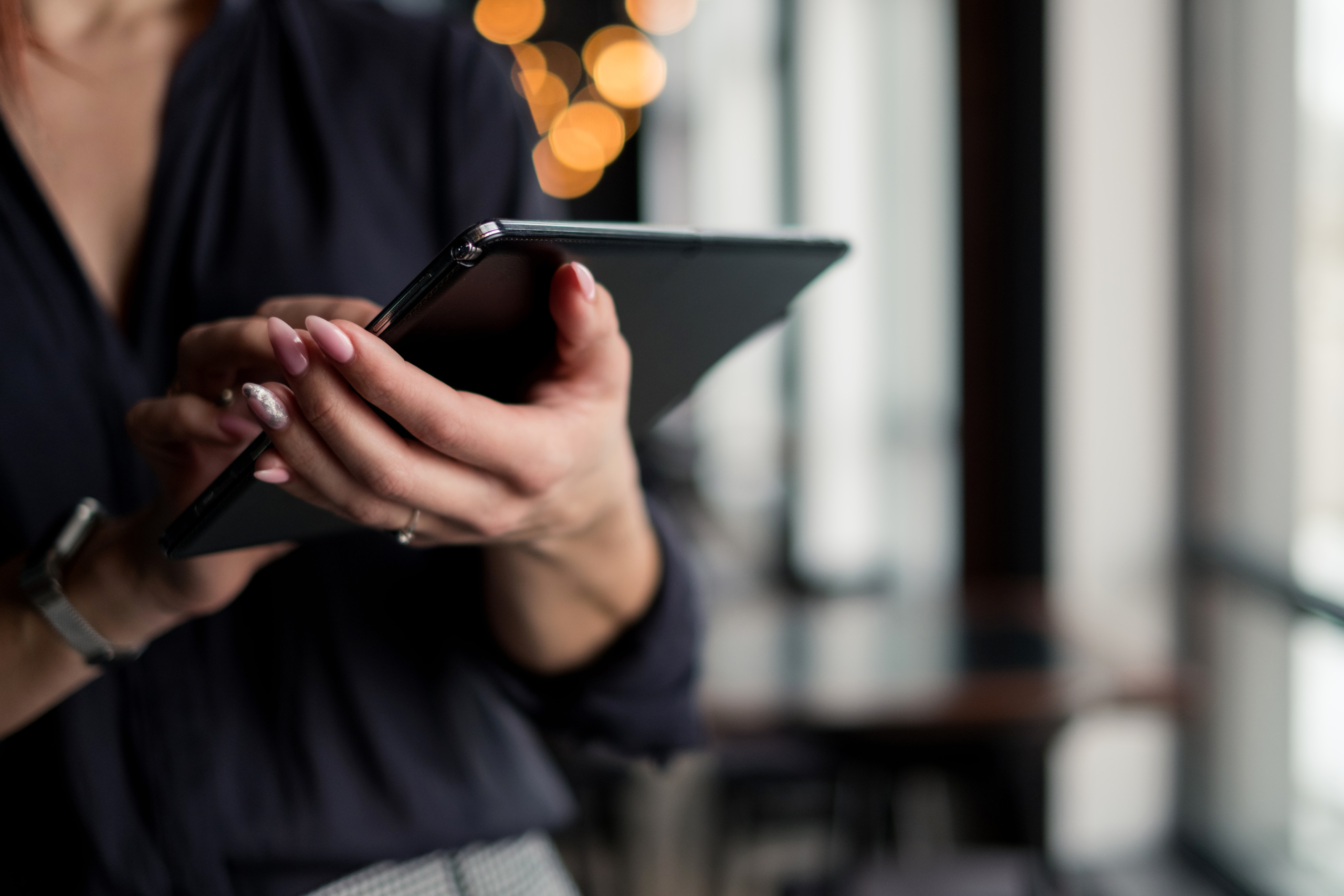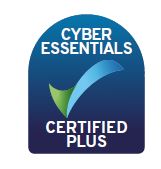
Safeguarding Your Digital Haven: A Guide to Online Safety and Device Setup for Your New Tablet or Laptop
The arrival of a new tablet or laptop allows us to unlock a portal to a world of possibilities. Yet, this digital realm comes with its own set of challenges, including ensuring that we stay safe online. In this blog, we’ll explore some of the essential things to consider for setting up your new device securely and ensuring your online experience is a safe and enjoyable one.
Allow Software Updates.
The first line of defence against cyber threats is a well-maintained device. Its good practice to ensure that your operating system and all of your software is up to date. Regular updates often include security patches that shield your device from new online threats.
Strengthen Authentication Practices.
Strengthen your device’s defences by using robust authentication methods. Beyond traditional passwords, consider using options like fingerprint or facial recognition, they’re surprisingly easy to set up! Additionally, enable two-factor authentication wherever possible, adding an extra layer of security to your accounts. Two-Factor Authentication (2FA) is a security process that requires users to provide two different means of authentication to verify their identity and access an account.
Privacy Settings and Permissions.
During the initial setup process, it’s a good idea to review and customize privacy settings and app permissions. Limit the data you share with applications and adjust settings to restrict access to sensitive information. Regularly revisit these settings to ensure they align with your evolving privacy preferences is also a sensible approach.
Antivirus and Security Software.
Arm your device with reliable antivirus and security software. Numerous reputable options exist, providing real-time protection against online threats such as malware and phishing. If you can, regularly scan your device for potential risks and address any issues promptly.
Data Backup and Recovery.
Accidents can happen, files can be deleted and devices can be lost or damaged. It’s prudent to implement a robust backup strategy to safeguard your important data. Cloud storage solutions and external hard drives offer convenient options for keeping your files secure and easily recoverable. Your email provider will normally offer a limited amount of cloud storage.
Network Security.
Your device is only as secure as the network it connects to. When setting up your new tablet or laptop, prioritize secure Wi-Fi networks with strong encryption. Avoid public Wi-Fi for sensitive transactions and consider using a virtual private network (VPN) for an added layer of encryption and anonymity.
Where do you download your apps from?
Always try to stick to official app stores when downloading applications (apps). Verify the legitimacy of the apps you install to avoid potential security risks associated with third-party sources. Read user reviews and check permissions before granting access to your device.
Manage your passwords.
As the gatekeepers to your digital identity, passwords demand careful attention. Use unique, complex passwords for each account, and consider employing a password manager to generate and securely store your credentials. Regularly update your passwords to mitigate the risk of unauthorized access. We recommend you pick three random words for a password – ‘ElementalCheeseAlligator’ would take a computer 7 quadrillion years to crack. Don’t use that one though! You can check the strength of a password you are thinking of using at https://www.security.org/how-secure-is-my-password/ .
Firewall Activation.
Activate your device’s firewall to monitor and control incoming and outgoing network traffic. Firewalls act as a barrier against unauthorized access and protect your device from potential cyber threats.
Educate Yourself.
An informed user is a secure user. Stay abreast of the latest cybersecurity trends and threats. Familiarize yourself with common phishing tactics, social engineering techniques, and other cyber threats to better protect yourself and your device.
Conclusion:
As we immerse ourselves in the digital landscape, prioritizing online safety is non-negotiable.
Setting up your new tablet or laptop with a security-first mindset involves a combination of proactive measures and ongoing vigilance. From regular system updates to robust authentication practices and a commitment to digital education, safeguarding your digital haven ensures a secure and enjoyable online experience. As technology evolves, so must our commitment to online safety, creating a digital world where security is not just an option but a shared responsibility.
To find out more about how Digital Confidence Denbighshire can help you to learn to use your digital kit safely at https://cwmpas.coop/digital-confidence-denbighshire/, email us on dcdenbighshire@cwmpas.coop or call us on 0300 111 5050 (select option 2)
Digital Confidence Denbighshire is funded by the UK Government’s Shared Prosperity Fund.









